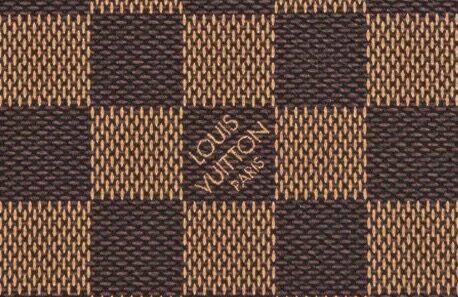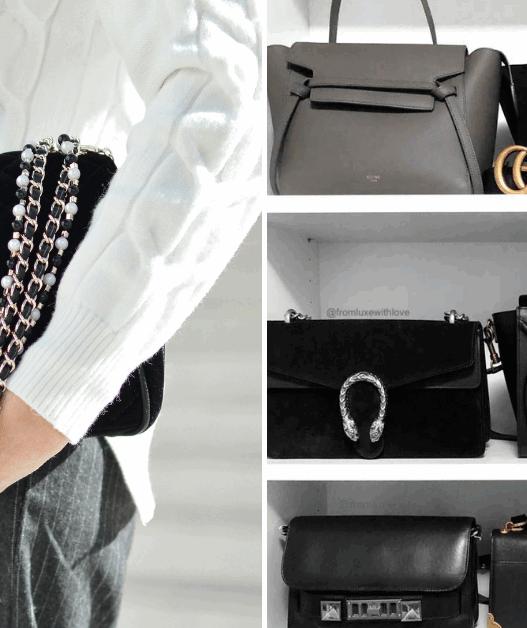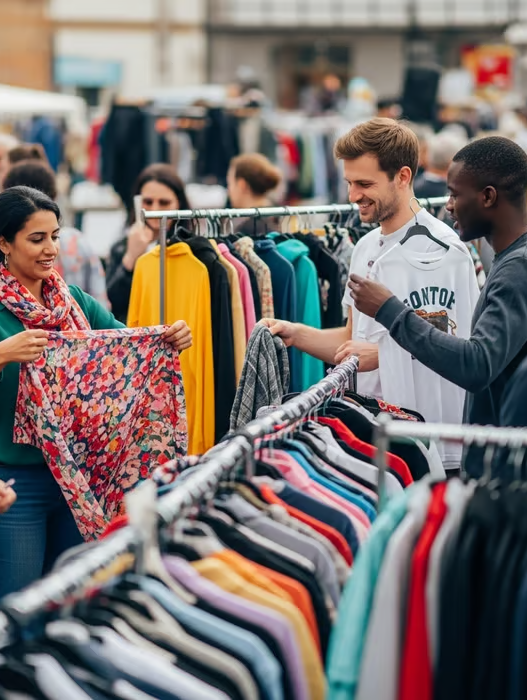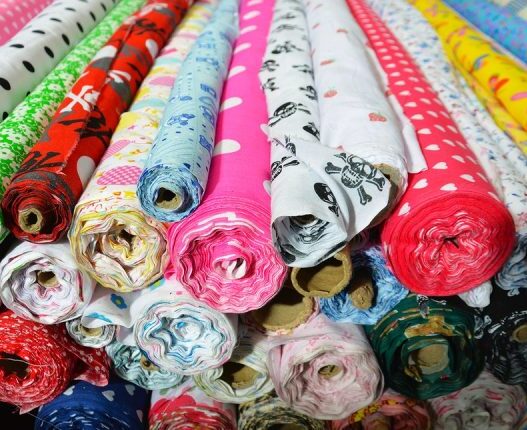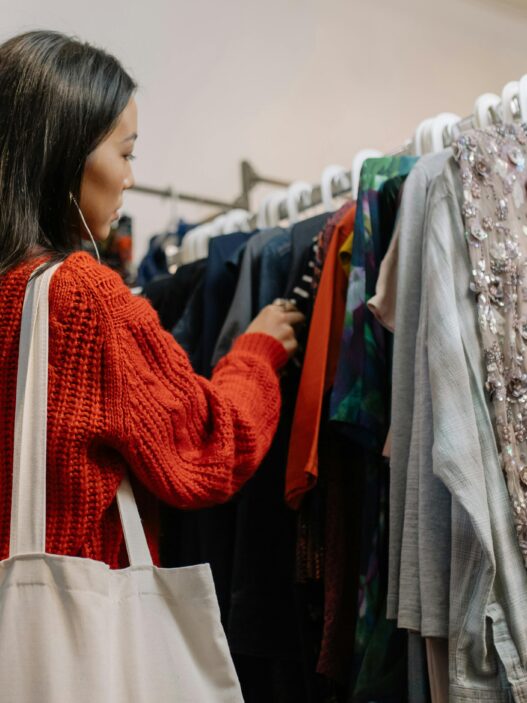Fashion Weeks promise a dazzling escape with a whirlwind of creativity, art, architecture, couture, and connection all in one. It is a world of fantasy and inclusivity, but behind those promises lies chaos, built upon silence and suffering. This article will explore the Dark Sides of Fashion Week, with a primary focus on labour, exploitation, non-payment, internships, and legal gaps, particularly in the context of recent legal reforms in the UK.
The Illusion of Fashion Weeks
The exploitative nature of fashion weeks has become a norm which has been built upon chaos and immense disadvantage to the fashion workers. As a model, your job is to sell products, but the rule is not to overshadow the product. Although luxury brands unveil their masterpieces globally in Paris, London, and Milan, while models and celebrities strike choreographed poses in expensive clothing, the ‘catwalk size’ – the models have started to eat tissues – is a manifestation of private cruelty, authoritarian, and hierarchical control over models. The Vogue Editor, even though it was okay to faint from food deprivation, eat tissues and go on hospital drips to be ‘Paris-thin.’ The fashion world is exploitative – our bodies are polished, our faces are manufactured into specific standards, and our worth is measured based on enduring the perfection that is expected; flawless skin, flawless body, flawless behaviour – internalising these expectations are exploitative as it leads to internalisation of the norms of the fashion industry which exploits mental and physical health, i.e. sleep deprivation, eating disorders, and losing your self-identity to meet a certain standard.
This distortion of self is reflected in runway controversies, such as Mowalola’s 2024 London Fashion Week show. Critics accused the designer of glamourising domestic violence by displaying models with bruises and torn garments. Mowalola cited Crash as an inspiration—fetishising pain through spectacle. Mowalola says the collection was inspired by the film, Crash, telling Vogue Runway that she felt an excitement by the fetishisation of pain through crashing, adding that she envisioned ‘a whole universe that resides on the street.’ This show’s chaotic energy and provocative visuals were described as a ‘brilliant car crash’ by Hero Magazine, underscoring the tension between artistic expression and ethical boundaries.
While Mowalola’s show sparked debate over the fetishisation of violence, such portrayals have raised questions about the designer’s responsibility for working conditions. If models were placed under unsafe environments, i.e. physical (hazardous sets, strict diets) or psychological (e.g. themes without safeguarding or training) – the law in the UK can apply. Under the Health and Safety at Work Act, employers owe a duty of care to anyone on-site, including models, in the event of harm arising from negligence, such as a failure to provide a safe working environment. Designers or production teams could face civil liability in such cases. However, these enforcements in the fashion industry have still been limited, as they are inconsistently applied in creative contexts.
The Illusion of Opportunity
Beyond the runway, exploitation extends to the unpaid labour propping up the industry’s glamour. Last month, a glossy magazine launched a competition in partnership with the flat-share site SpareRoom, offering four people a month-long paid scholarship that includes accommodation in central London. There were numerous reactions to this internship, as countless fashion interns who worked in top fashion brands, such as Vogue, have had opposite experiences. They were unpaid, were not provided with accommodation and had to sleep on friends’ sofas and seek financial support from their parents. According to Shelly Asquith, a student and president of the University of the Arts London Student Union, at Alexander McQueen, countless unpaid internships continue to be the norm in the fashion industry.
A recent study by The Sutton Trust has found that 86% of internships in the arts – like TV, theatre, film, and fashion – were unpaid. London Fashion Week highlights the industry’s unpaid interns, and the campaign group ‘IInternAware used the glamorous five-day event to draw attention to the unfairness behind the scenes of the fashion industry. Once, a 22-year-old told the Observer that she had cut patterns, handled fabric, and set up fashion shows with no payment. Although the privilege of working there is rewarding, it also becomes exploitative. The Sustainable Fashion Initiative at the University of Cincinnati notes that low-income students often must take out loans or rely on family to support unpaid roles. In contrast, wealthier students usually navigate a system that favours privilege.

Legal Loopholes
Beyond unpaid labour and harmful aesthetic standards lies a deeper failure: the UK’s legal inability to hold companies accountable for exploitation across supply chains. A Sheffield Hallam University report [1] revealed that UK brands are sourcing cotton from the Uyghur Region, using forced labour with impunity. Human rights abuses, often concealed under the guise of ‘ethical’ branding and vague sustainability pledges, remain shielded from legal accountability. Currently, UK companies are not legally obliged to ensure freedom from modern slavery in their supply chains. Anti-Slavery International has called for the Business, Human Rights, and Environment Act—a legal reform that would hold corporations accountable for human rights abuses. Without such laws, Fashion Week continues to market garments woven through exploitation, perform cruelty-free theatrics, and greenwash their branding while real lives suffer.
A new white paper published by ‘Fashion Declares!’ and Bates Wells. The white paper has proposed policy recommendations. This includes closing the tax loophole for cheap overseas fashion. Right now, cheap fast fashion from overseas can enter the UK without paying tax if the value is under a certain amount (called the ‘de minimis’ threshold). This can be problematic because large, fast-fashion companies exploit this loophole to avoid taxes, keep their clothes affordable, and put British sustainable brands at a disadvantage. The solution would be to remove the threshold, so that all imported fashion is taxed fairly and linked to the level of harm or sustainability of a product.
Another problem is that fashion brands do not take responsibility for what happens to clothes after they are sold – especially when they end up as waste. A solution to this would be to introduce a UK-wide “Extended Producer Responsibility” law. This is where brands would pay fees depending on how durable, recyclable, and ethically produced their clothing is. The less sustainable a product is, the more it costs the brand, and the fees can be used to build repair hubs and recycling centres. The third solution could be creating a digital passport for every clothing item, as it is challenging to track the origin of clothes or their manufacturing process, given the prevalence of greenwashing. This can make it easy for consumers to access precise data and check the sustainability of a product.
Conclusion
Fashion Week claims to champion creativity, diversity, and progress – yet behind the glamour lies a reality built on unpaid labour, legal loopholes, and the illusion of inclusivity. The industry continues to exploit aspiring talent through unpaid internships, celebrates brands that avoid regulation, and promotes beauty standards that prioritise Paris-thinness over health and representation. These structural harms are not accidental, but they have been embedded in the very design of Fashion Week itself.
While recent policy proposals signal a desire for change, they are still unenforced. Until the fashion industry conforms to these regulations, it will remain a curated spectacle – one that has revealed itself to be exploitative beneath the spotlights. The question is no longer whether oversight is needed, but whether the industry should be allowed to define progress on its terms.
References:
[1] Laura Murphy, ‘New report exposes forced labour connections in global retail brands’ supply chains’ 12th November 2021, Sheffield Hallam University.







